“I owe my life and my baby’s to Joyce Maringa,” explained 15-year-old Rachel Kameme. On January 17, 2014, while in labor, she travelled 25 km to Waita Health Center. The nurse in charge, Joyce Maringa, helped safely deliver Kameme’s baby. However, a few hours after giving birth, Rachel suffered a postpartum hemorrhage, a serious potential complication of childbirth.
Using locally available materials, Maringa improvised a uterine balloon tamponade (UBT) and saved Rachel’s life. A UBT is an elastic bladder-like device that is inserted into the uterus and filled with saline to control severe postpartum hemorrhage. It effectively reduces the need for risky surgical interventions and blood transfusions. This simple yet effective tool may help control uterine bleeding when standard therapy fails.
“All I used was a condom and normal saline!” Maringa explained. “I was all alone at the facility and had to send the watchman to the nearby kiosk to buy a male condom for the procedure. I inserted the condom into her uterus and after a few minutes, the bleeding stopped.”
Maringa is among 32 health workers in Kitui County who received training in basic emergency obstetric and neonatal care with support from USAID’s APHIAplus KAMILI activity. The health workers had an intensive five-day training on functions that included administration of antibiotics, manual removal of a retained placenta, manual vacuum aspiration/ post-abortion care, assisted vaginal delivery and basic newborn resuscitation.
In addition to the training, USAID’s APHIAplus KAMILI activity supported Waita Health Center by renovating the maternity ward and providing medical equipment, in-service training to health workers, job aids and training for community health workers.
“I am grateful that the training has given me the skills to help pregnant women with childbirth complications,” Maringa said. “So far, I have saved two lives in one year using the improvized uterine balloon tamponade.”

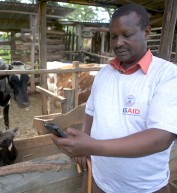
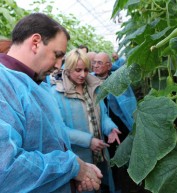
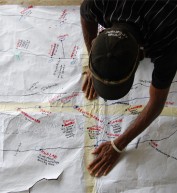
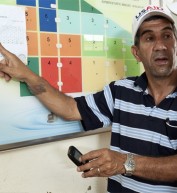

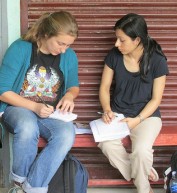
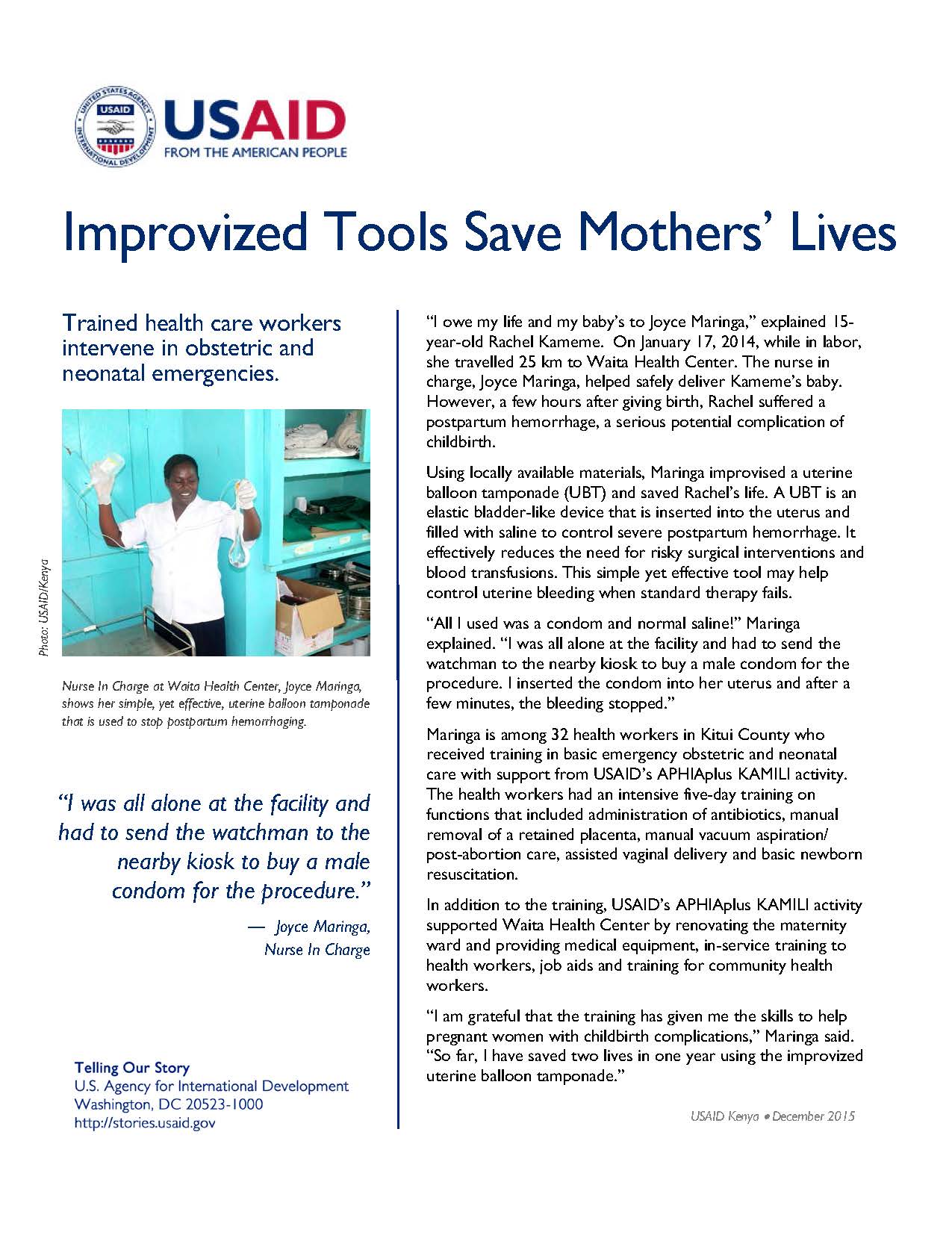
Comment
Make a general inquiry or suggest an improvement.